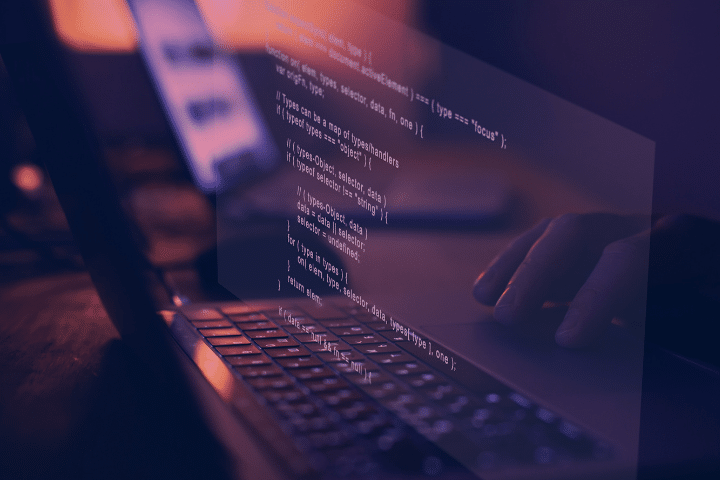Currently, the construction sector is one of the least invested in technology, but this scenario has been changing in recent years. An example of this is the adoption of Artificial Intelligence in the construction industry.
Construction projects are highly complex and interconnected endeavors, and the potential for inefficiency and risk, which inevitably leads to project costs and delays, can grow exponentially during project execution.
In this regard, many engineering and construction organizations have accelerated their automation efforts as they feel the pressure of increasing risk in tight supply chains and narrow margins.
Follow this article to understand how Artificial Intelligence can contribute to more efficient management in the construction industry and its benefits. See the topics below:
- From science fiction to construction sites
- Turning data into insights
- Looking to the future with predictive AI
- Predictive insights at work
From science fiction to construction sites
Traditionally, organizations focus on achieving operational improvements by using technology to refine processes and procedures, aiming to increase the likelihood of delivering a project on time and within budget.
To achieve this, they leverage the growing volume of data that previously served only as a file for future references. However, today, a new ally is increasingly being utilized, having emerged from the realms of science fiction directly into construction sites.
Thus, it becomes clear that artificial intelligence (AI) has enormous potential to help these organizations optimize their decision-making and drive project success by proactively unlocking new predictive insights from their data.
Turning data into insights
Large amounts of data are being generated by the construction industry as digitization is embraced, presenting a significant opportunity for teams to learn from and leverage this data.
In doing so, they can create more accurate estimates and conduct planning in a smarter way, consequently avoiding—or at least mitigating—potential project-related risks.
Historical data provides a critical starting point for organizations to perform a deeper analysis of their operations. To achieve this, some questions need to be answered:
- What is the time required to complete a process?
- Which subcontractors have the best and worst performance?
- Which activities have typically been delayed in the past?
Furthermore, by utilizing historical data, it is possible to inquire:
- Are our estimates accurate, and do we account for historical delays?
- How does our performance compare to historical benchmarks and organizational baselines?
- Have we selected the best partners for the job based on previous project performance?
- Should we alter requirements or the frequency of our reports to avoid “surprises”?
The ability to glean insights from historical data and apply them to current projects is crucial for providing a foundation to avoid the repetition of errors and ensure a focus on driving continuous improvements.
The future with AI in construction
Many companies have been utilizing business intelligence (BI) technologies to retrospectively examine the data layer. New developments in AI have unlocked a level of project intelligence based on real-time data, enabling predictive insights.
This transformative shift in data science for the industry generates a dynamic view of variables such as:
- Factors that can cause project delays;
- Probability of a delay in a project;
- Estimated amount of delay;
- Probability (and severity) of cost overruns;
- Hidden risks related to safety, design, rework, and litigation.
These AI technologies are driving active intelligence, helping organizations learn from the past while continuously assessing the present. This allows organizations to regularly monitor project development.
Moreover, they can adjust plans using updated predictive insights. This system is always up-to-date and learns from its trainable machine learning models, becoming smarter and improving accuracy over time.
Predictive insights at work
Active intelligence generates predictive insights that add value to almost every aspect of construction project management, including critical areas such as schedule, cost/budget, quality, safety, risk, and collaboration.
Schedule
Project schedules, seemingly changing daily, are the lifeblood for project managers. Predictive intelligence can enhance schedule accuracy for both planned and ongoing projects. This enables the identification of tasks more prone to delays and the likelihood of such occurrences within the schedule.
Cost/Budget
Active intelligence can leverage previous cost breakdown structures, actual costs and budgets, along with change order history, subcontractor performance, geographical considerations, and project types to create better budgets from the outset. Organizations can proactively monitor projects and manage costs, addressing change requests and other variations with the aim of fewer surprises and reduced risks.
Risk
Using natural language processing capabilities, active intelligence can analyze sentiments and detect early signs of conflict between two parties, such as a general contractor and a subcontractor. Considering the volume of correspondence on specific issues, as well as the history of delays and outcomes with specific subcontractors, AI can provide an early warning system, detecting potential issues long before they escalate.
Quality
Active intelligence can enhance work quality, from workforce to material integrity, by leveraging data on material suppliers, subcontractor performance, and site performance to stay ahead of potential risks. For instance, natural language processing can detect potential quality issues by extracting data from diverse sources such as correspondence, punch lists, inspection reports, change requests, and work orders.
Safety
Predictive intelligence can help detect potential issues by analyzing images from the worksite, sensor data, safety reports, correspondence, training records, previous incidents, and more. This can provide organizations with early warnings of emerging safety issues, allowing them to address them proactively.
Collaboration
Borrowing concepts from social network analysis, it becomes easy to identify information bottlenecks, interdependencies between partners, and easily understand the vast amounts of information typically shared among different parties.
Want to explore more updates on the use of Artificial Intelligence within the construction industry? Check out the e-book “Future of the Construction Industry,” available on the Ubistart blog. Access and download it now!




